It’s one thing to hurt your lower leg at mile 22 of a 100-mile foot race and decide it’s okay to tough it out. It’s quite another to take that unfixable flat tire deep into a frozen wilderness. If I had been better prepared with appropriate backcountry gear, it would have been easier to manage the setback — although the extra weight would be rough on this throbbing shin splint that came on suddenly when I punched a knee-deep posthole through snow crust. But no, I wanted to be a “runner” and tried to go light. Now I’m straddling the tightest of safety margins in a canyon that’s farther from a road than any point in the Lower 48, trembling as the temperature dips to 10 below and a stiff headwind plunges the windchill to something closer to minus 30, and unable to summon the only tool I have left — picking up the damn pace.
This was my ninth start in the 15 years the White Mountains 100 has been held. Only a couple of people who actually live in Fairbanks have more finishes, so it’s fair to say that I know this race (a little too) well. Nurtured by experience, complacency has bloomed. Even though each year of the race has managed to bring unique hardships, even though the course is remote and conditions unpredictable, even though the effort is largely self-supported, and even though this is Alaska, I still have this dream that I can knock out my perfect 100-mile ultramarathon here if only I wish hard enough.
Beat joined me at the start line for the first time since 2015. The WM100 was his consolation prize after sitting out the Iditarod Trail Invitational 1000 this year. We planned to do our own thing; we’ve known each other too long to harbor delusions that racing together is a good idea. Beat is still far more talented at this sort of thing than I could hope to be. But my winter training had gone reasonably well — elbow injuries notwithstanding — and I hoped to shadow him for as long as I could hold on.
What would my perfect 100-mile ultramarathon look like? I’ve been running too long to believe that I will ever possess a modicum of talent for the sport (and I think it’s uniquely meaningful to pursue passions for which we have no talent. Dance like no one’s watching! Write that bad poetry! Meritocracy is a sham and life is meant to be lived.) So my expectations were low and my purpose was simple: Finish comfortably mid-pack rather than at the back of the pack; keep a steady and challenging pace; relish the journey; don’t injure myself. Run with joy!
It started well. Temperatures were warm but not too warm — mid-20s. Trail conditions were good, although not quite as solid as perceived by those who weren’t exerting 400 pounds (body weight plus clothing and backpack times 2.5) of pressure on a surface area the size of a toe strike. (Fun fact from AI: A person running exerts more pressure on the ground than a 44,000 lb. fully loaded rubber track crawler carrier!)
Snow always requires more energy expenditure than a typical dirt trail, and the conditions were occasionally punchy. Drifting to the smoother but weaker sides of the trail resulted in postholes, so I had to stick to the sandier middle that had been stirred up by the 80-something racers who came before me. Still, I was easily holding the 4 mph average I hoped to maintain. My heart rate held in the 120s, and my stomach was happily taking in the dried mango and strawberry Uncrustables I was feeding it. After distancing myself from an unpredictable skier who nearly crashed into me twice, I was at least not in the back of the pack. Only 11 runners started the race, and even the talented ones have a severe disadvantage against racers who are rolling or gliding. So my odds weren’t good that I’d do much better than damn near DFL. Still, I can’t deny that this placement stings the ego, especially after I’d spent the week before the race effortlessly rolling more than 100 miles on a fat bike.
My mind hummed pleasantly while I loped along, enjoying the stark black and white landscape contrasted against an electric blue sky. I listened to an audiobook that was engaging and fascinating, but honestly, should have been more upsetting — “Say Nothing: A True Story of Murder and Memory in Northern Ireland” by Patrick Radden Keefe. The book is about the Troubles era and more broadly about the reverberating costs of colonialism, the horrors of ethno-nationalism, and the banality of violence.
I was enthralled, flashing between the cold, urban wariness of 1970s Northern Ireland and the bright, warm expansiveness of 2025 Alaska. But I was also concerned that I wasn’t more upset by the story and its parallels to modern-day Christian Nationalism in the United States. I continue to grapple with a void of emotion that has settled in since late January. The strange zombification of my mind was great for feeling at ease with riding bikes and enjoying the March sunshine of Fairbanks when I should have been tapering and fretting about this race. But I also acknowledge a sense of loss at the lack of soaring highs and subsequent crushing lows that come with living at the edge of possibility in an endurance effort. Why am I even out here if not to experience the intensity of being alive?
Still, it was nice to be in the mountains and have nothing to do besides put one foot in front of the other, munch on snacks, and consume an entire 14-hour audiobook in a single “sitting.” Fatigue naturally set in, and my focus softened as I traversed the rollers on a broad ridge spiked with the Dr. Suessian remnants of a burned black spruce forest. Somewhere near mile 22 — well before the long, treacherous descent into Beaver Creek that I knew would demand caution — I drifted to the edge of the trail and punched my left leg through a weakness in the snow crust. My leg stopped cold in a knee-deep hole as my body twisted and fell over.
The initial sensation was a sharp pain in my shin below the knee, later established with my PT as the tibialis anterior muscle. I crawled out of the hole — it took a few seconds to extract myself as the force had compacted the snow around my foot to a concrete-like trap — and massaged my throbbing shin. The initial shock quickly faded, but when I returned to running, I winced at a renewed spark of pain. Damn it. Shin splint. I haven’t had one of these in — what has it been, ten years? But shin splints proved to be a minor problem then. No big deal now.
I continued running, making a quick turnaround at checkpoint two to stay close to the next runner ahead of me, who was leaving as I arrived. Beat had accidentally abandoned his gaiters at the cabin. The volunteers asked me and the other runner, Brandon, if they were ours, so I figured Beat wasn’t too far ahead. I stuffed down my obligatory baked potato with a handful of bacon bits (all of the other condiments were conspicuously missing. Such is our lot at the back of the pack.) Then I stuffed Beat’s gaiters in my pack and set out into the still-bright afternoon. It’s usually evening when I leave the Cache Mountain cabin in this race. I was making good time!
My shin started to throb again as I shuffled up the gradual climb toward Cache Mountain Divide. I stopped long enough to dig through my pack for my med kit with painkillers, but that too was conspicuously missing. The pain was becoming more distracting. I missed parts of my fascinating audiobook. I resolved to steel myself, ignore the complaints, and maintain an even stride with no limping.
The sun set beneath an unobstructed sky. The cold rapidly descended. Mild shivering forced me to stop and put on my synthetic puffy jacket, fleece knee warmers, and overmittens. I was fully decked out before I’d reached the steep part of the climb. This was concerning because my remaining layers amounted to insulated overboots, a fitted windshell that would require removing both of my jackets to don, a spare fleece buff, and handwarmers. Why oh why did I leave my “oh shit” puffy behind? That’s not like me! Anxiety-ridden Jill would have brought that crucial piece of gear. It’s not even that heavy. I still had my firestarters and space blanket for emergencies, but that was, as they say, a cold comfort.
The climb was a battle of distractions between the gnawing pain in my shin and the cold. I barely noticed the effort. I tried to look up frequently, appreciating the stars appearing in the stone-gray sky. As I cleared treeline, I was greeted by a sharp headwind that felt like fire on bare skin. I pulled up my buff and breathed warm air onto my face, feeling my eyelashes and eyebrows ice up almost instantly. “When you hit the descent, you’ll be able to run,” I promised myself out loud. “You’ll be able to run again. It will be okay.”
At the summit, I briefly looked at my watch. The sky was still a darkening shade of twilight, which meant this was the earliest I’d ever reached the Divide — at mile 49, the exact halfway point of the race — when racing the White Mountains 100 on foot. 13 hours and 34 minutes. Not bad! Did I still have that elusive 30-hour race in me? Only one way to find out.
I launched into a faster stride, only to be stung with sharp pain in my left leg. Could I ignore this pain for 50 more miles? No! I may be an emotion zombie but I am not without feeling. Still, what choice did I have but to keep going? I was in the middle of nowhere, and this is not a simple race to quit. Even if I hobbled to the next checkpoint and told them I was done, I’d have to wait for an extraction that involved a frigid and uncomfortable ride on a snowmachine for 40 miles. It sounds miserable; I’d rather hobble it out. And anyway, I didn’t want to quit. It was a damn shin splint. I may be a fail whale, but I’m not a quitter.
As darkness descended, the Aurora Borealis came out in force. The display was multicolored and magical, dancing along the tips of trees and swirling over jagged limestone summits. When I turned off my headlamp and let my eyes adjust to the moonless sky, I saw rippling reflections of green light on the snow. It was mesmerizing. Beautifully distracting.
I returned to my interesting book and unpleasant shuffling, craning my neck skyward. But I couldn’t last long with my headlamp off. Although I could see beautiful details in the landscape, the trail lacked definition. This made each step risky, especially on a bad leg. If I punched through the deep snow again, I risked tearing the muscle I’d aggravated in my first fall — or breaking my tibia. With such a limited safety margin against the cold, I couldn’t afford an accident. Despite understanding all of this clearly, I lingered in the dark. I stopped so I could look up for long seconds, letting my core temperature plummet. I removed my mittens to reach into my jacket pocket and take out my phone to capture long-exposure shots of the Aurora. I’d hold the phone until my fingers were so stiff that I had to windmill my arms to return sensation to them.
I was on the edge, right on the edge, but not overly concerned about this. I encountered the race medics who had set up camp in an open area known as the Ice Lakes. They had an enormous bonfire going, so inviting that I shivered in anticipation as I approached the towering flames. Still, I refused their offer to stop and rest for a while. I know better than to stop moving when my body temperature was so close to the edge. Even in a warmer environment (marginally — I’d still be outside standing next to a fire) — core temperatures will continue to drop as blood flow settles. It might take hours to warm back up, and by then my race would be over. I took comfort knowing the medics were out there, enthusiastically thanked them for the offer, and kept going.
Beyond the medic tent, I had about nine more miles to reach checkpoint three. The distance felt insurmountable. My leg would not shut up. Only the slowest, barely-lifting-my-feet shuffle would quiet its insufferable complaints. But the barely-lifting-my-feet shuffle was useless at making heat, like feeding twigs into a barrel stove. I willed my zombie mind to conjure up some fear, give me a shot of adrenaline, get me running. Please! But there was nothing. Nothing but the breathtaking wind chill and magnificently indifferent Aurora dancing overhead.
As my core temperature continued to drop, the sleep monster encompassed me. I was so sleepy, willing myself to pay rapt attention to my audiobook so my mind wouldn’t betray my faltering body. I was in a chapter of “Say Nothing” about IRA militants going on hunger strike in English prisons. When prison guards started force-feeding them through tubes, they retaliated by dumping buckets of urine on the floor and smearing shit across the walls of their prison cells. As I imagined these cramped prison cells with their shit-smeared concrete walls and hard benches, I felt a tug of longing. Of wanting to be there. Of wanting to be in a place — any place — where I could lie down for a while and not die.
As soon as I stepped into the stiflingly hot interior of Windy Gap cabin, all was forgiven and forgotten. Brandon was still there, which was a good sign. It meant that despite my injury, I hadn’t slowed down too much. The friendly but exhausted volunteer took my ice-encrusted headgear and gaiters to hang over the stove. I spooned mouthfuls of meatball stew as I re-lubed my macerated feet and put on dry socks. I felt so much better! I was in a hurry to leave. Stupidly, I didn’t even add the fitted wind shell to my layering before throwing on the still-damp jackets and practically skipping out the door.
The zeal did not last long. My leg still hurt. The frigid wind persisted. My core temperature again plummeted, and again I summoned every whisper of energy I could find to straddle the line between discomfort and danger. I shuffled with my trekking poles stuffed under my armpits and my fingers clutching desperately to the weak handwarmers inside my mittens. My audiobook ended. I listened to the uncomfortable silence, and strained to hear the guttural song of the Aurora that I know is just a figment of my imagination. My imagination did not conjure that beautiful sound. It only conjured fragments of distant thoughts.
That meme of the Simpsons character Ralph Wiggum sitting on a bus seat and chuckling to himself, “I’m in danger.”
“I’m Henry the 8th I am.”
Meeting my friend Missy for lunch earlier in the week and musing about riding the Iditarod Trail — “I don’t think I want to race again,” she told me. “Racing does weird things to your brain.”
More memes playing on loop, the Aurora dancing overhead, the muted light of dawn taking epochs to arrive.
I disappeared for a while, somehow forgetting my pain but still putting one foot in front of the other — although at a pace my body subconsciously decided could keep me just warm enough without causing a more disabling injury to my shin. It’s amazing what bodies can do, and how easily brains adapt when most of our choices are removed. I suppose this is why I continue to return to winter endurance racing. It teaches me that I can survive and adapt to a whole lot. It trains my mind to quiet the exhausting noise. It shows me how to recognize the edge and not topple over it.
I was not managing my self-care — I traveled nearly 16 of the 20 miles between checkpoints three and four without bothering to eat or drink anything. Yet this didn’t matter — not really. I had enough energy, and strangely, I was able to make enough heat as soon as my brain lapsed into primal mode and instinct took over. It certainly hadn’t gotten warmer outside. My digital thermometer recorded -10F, and the wind was at its worst just before dawn in the open areas along Fossil Creek. I can’t say I was comfortable, but I was okay. At least I was done fantasizing about shit-smeared prison cells. But I did have a stronger sense that if I were ever locked into one, I could handle it.
I was again in a great mood when I reached checkpoint four at mile 80. It was 9 a.m. and the sun was finally high in the sky. It felt like summer even though the thermometer outside the cabin showed the ambient temperature was still below zero. I gulped down a bowl of ramen noodles and coffee (the volunteer offered a luxurious choice of “French roast” or “breakfast blend” and held a straight face as he spooned Nescafe into a cup of hot water). The food was meager, but it hit like rocket fuel after my six-hour fast.
I left the final stop in the race as the remaining wisps of cold air wafted along Beaver Creek. Strangely, I relished them. It would be another warm day, no more survival mode, and now I had only my pain to keep me company. Still, I can’t say I was miserable. Not really. I’d survived the night! I was glad for the privilege of being alive and grateful for the beauty of this wilderness, now so familiar that it feels like home. I had plenty of energy, and I would have liked to be able to run. Finishing out a hundred-miler strong is part of the dream. I haven’t been able to achieve this yet. But finishing a hundred-miler at all is still pretty damn awesome, even if my subdued emotions couldn’t conjure satisfaction for the accomplishment.
For whatever I was experiencing in my weird brain, my body could not rise above a painful shuffle to a 34-hour finish. My friend Corrine captured this photo as I crossed the finish line, and yeah, it’s written all over my face. The fatigue. The pain. The desire to turn away from the small crowd of cheering supporters and hide out of legit embarrassment about my performance. The wishing I was something more rather than celebrating what I am. I’d spent nearly nine hours hobbling the last 18 miles in an emotional stupor, experiencing deja vu from past years when I was locked in this exact cycle of second-day strain while soothing myself with promises that I’d never have to do this again. Still, the moment I crossed the finish line, all I could see was the horizon beyond. Will it ever be enough?
Beat had a smoother race with no injuries, better cold management, and a 30:28 finish. He felt strong, a good launch point for his summer mountain races. My 2025 race schedule is empty. Summer is a time of smoke and allergies; breathing becomes a luxury. I can’t help but mourn the end of winter and the season when I feel strong.
It’s harder to wrap up my racing season with an injury and no clear timeline for timeline for recovery. On Wednesday, my wonderful physical therapist massaged my edema, dry needled blood flow toward the muscle, and lent me a set of crutches to help take weight off my leg. She thinks I’ll be back on my feet in no time. She’s likely right.
I suppose I don’t mind the brokenness. After all, I keep letting it happen, again and again and again.




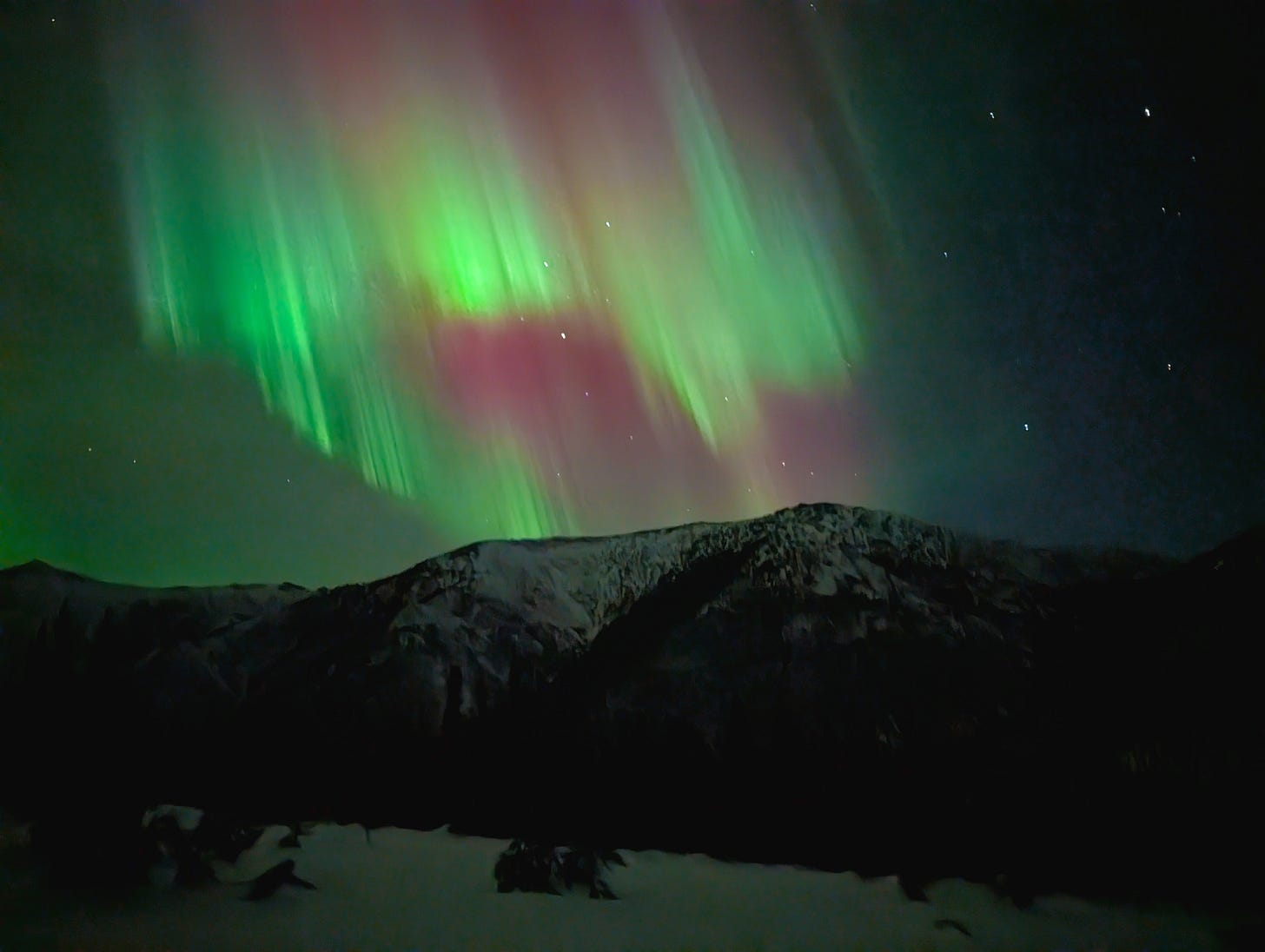
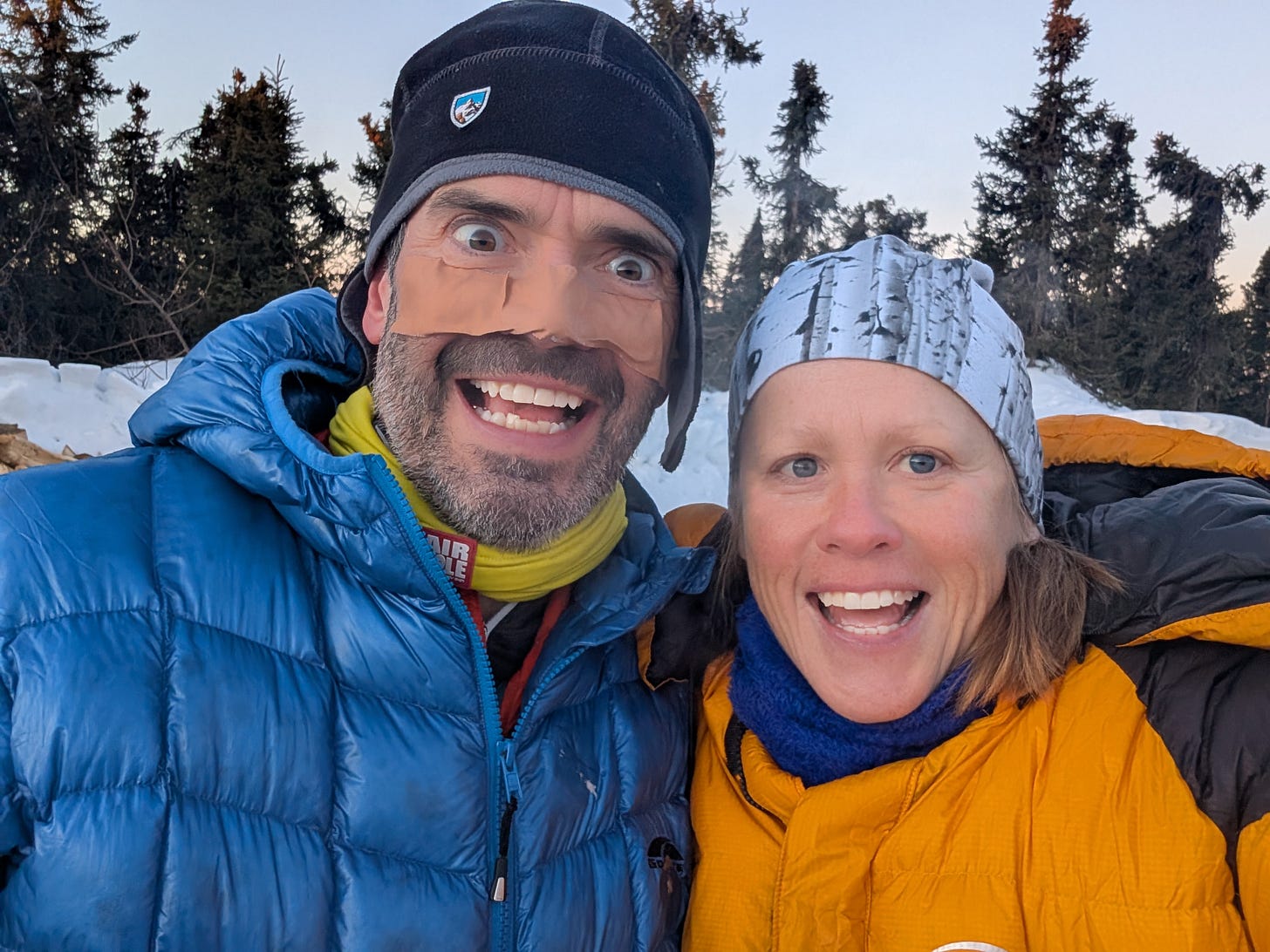

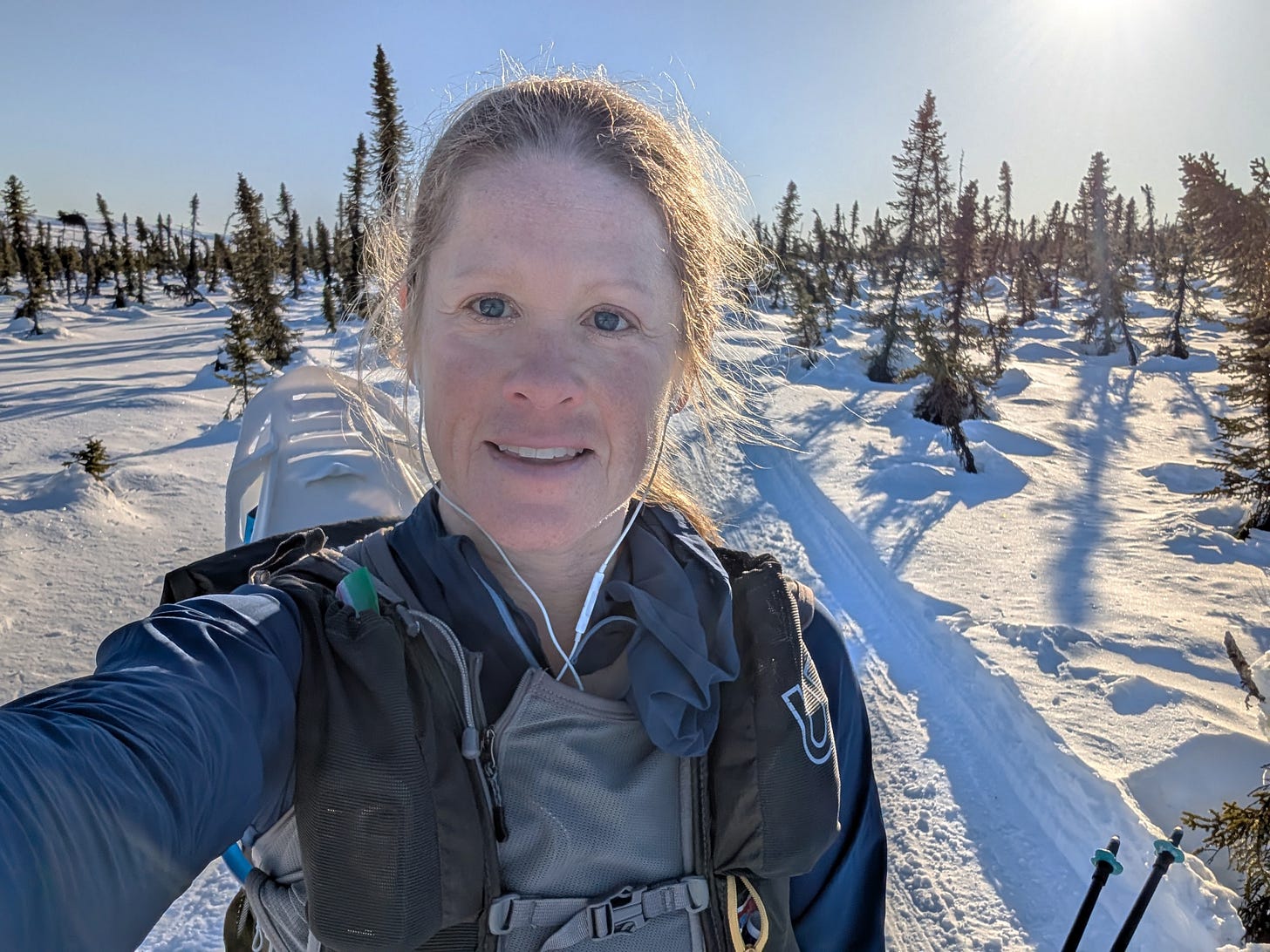
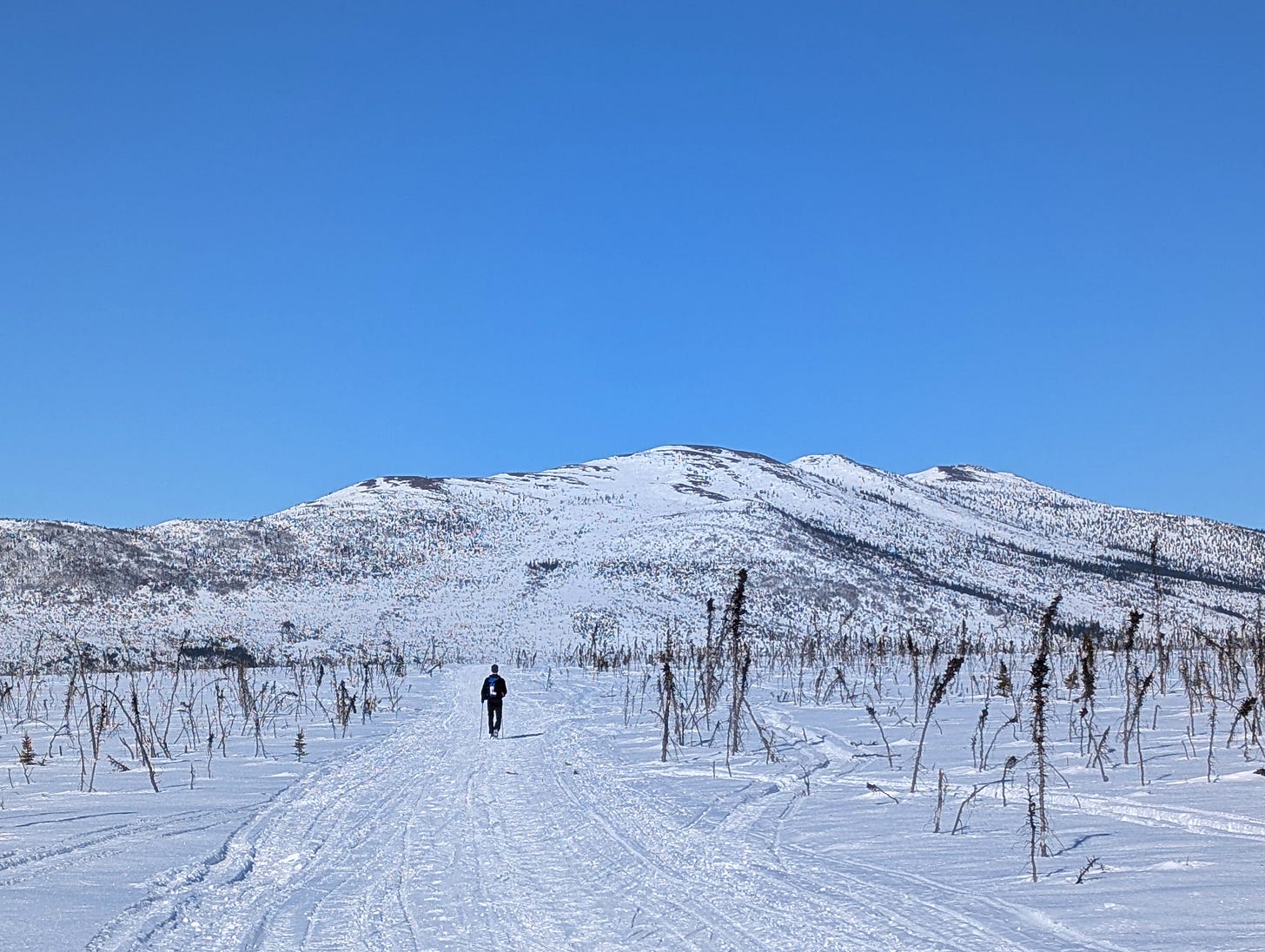
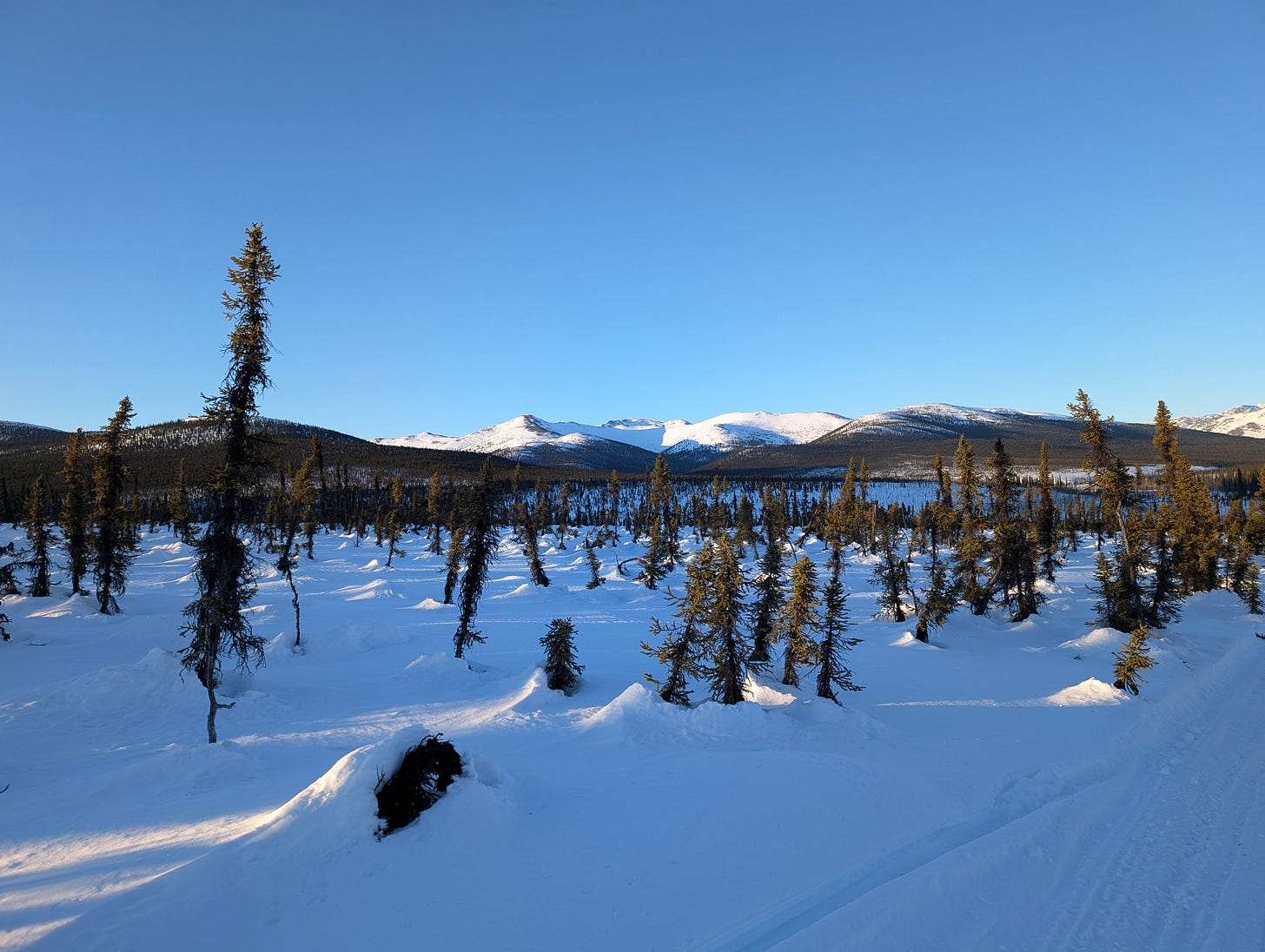
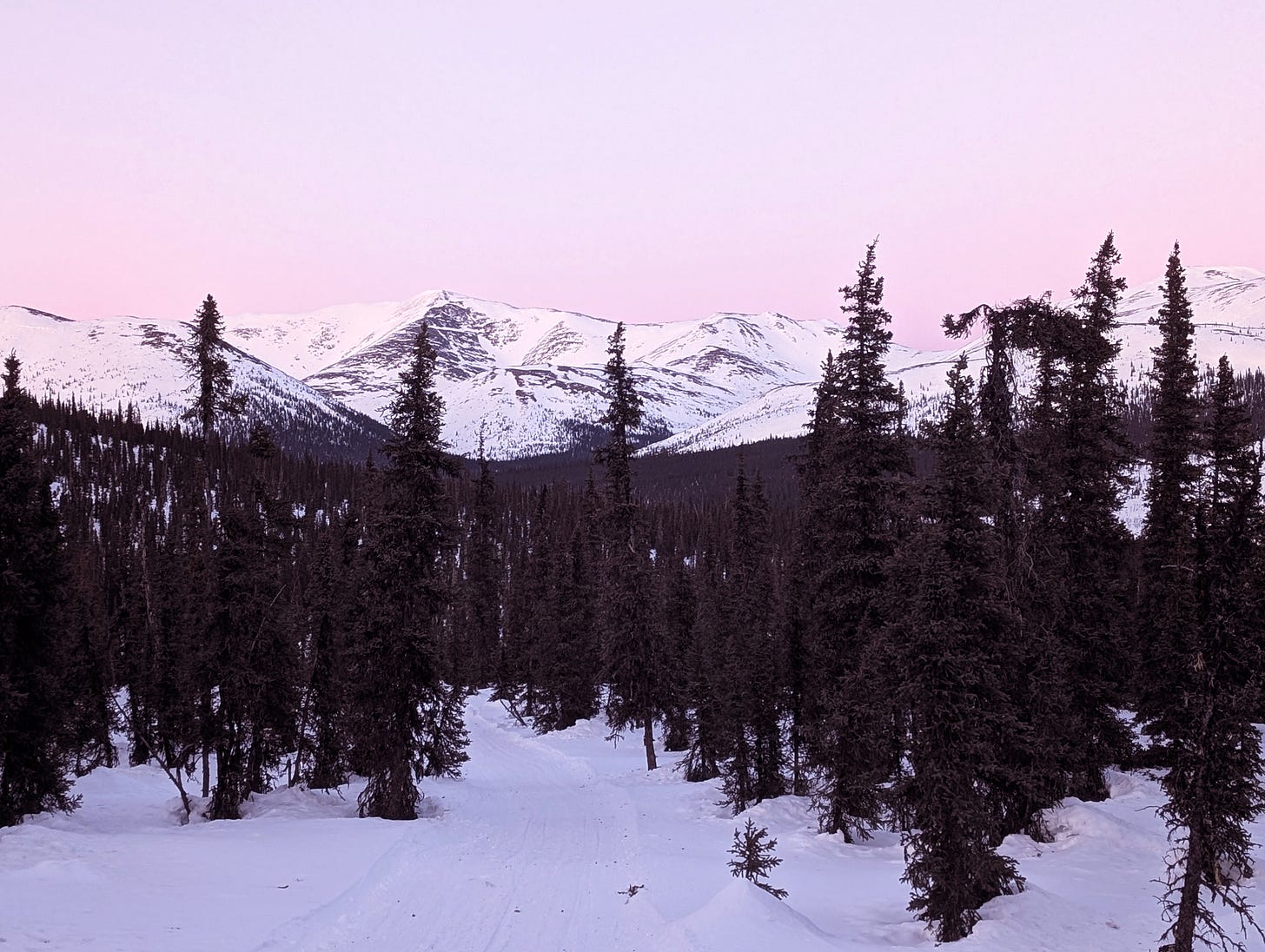
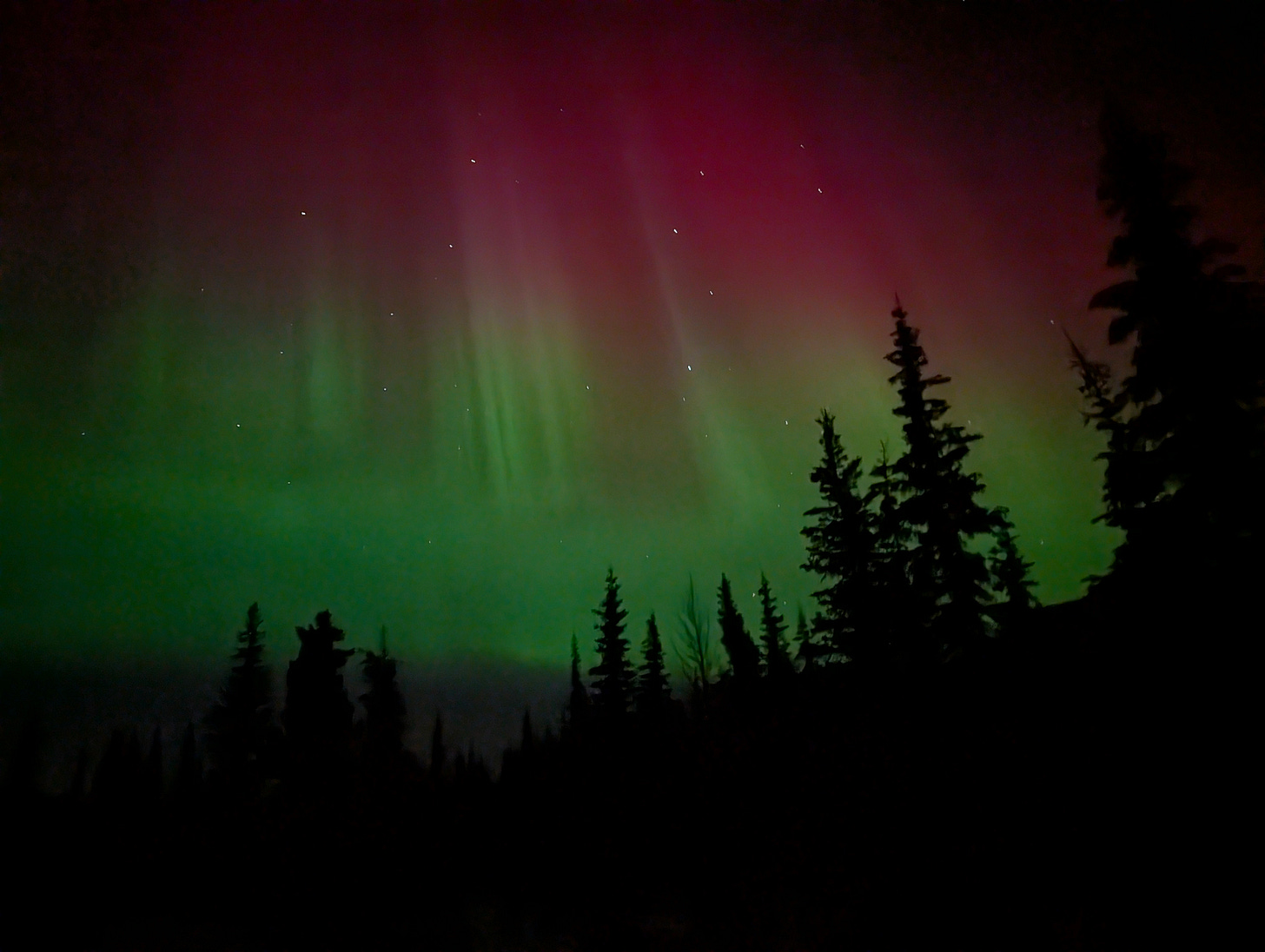
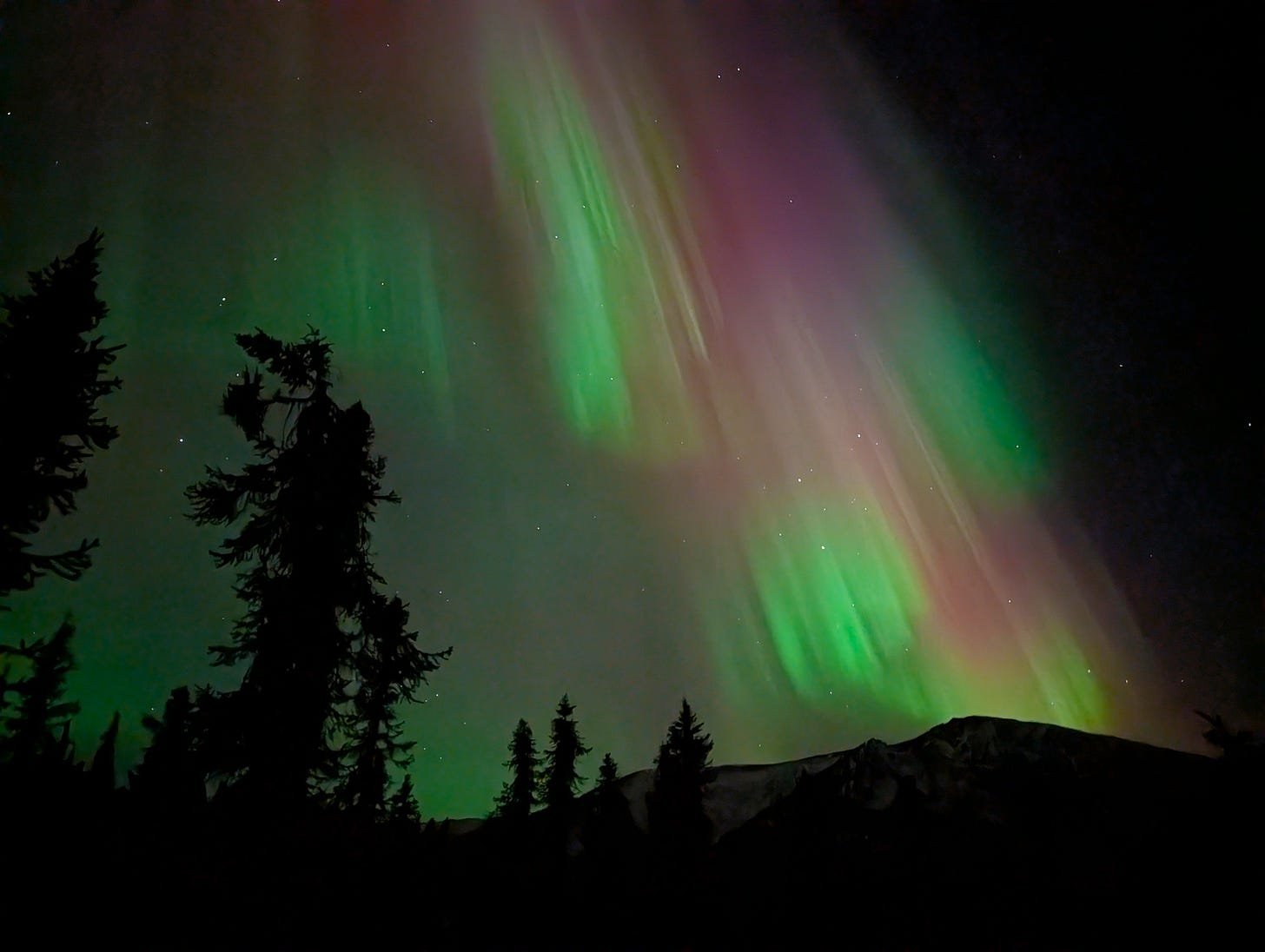
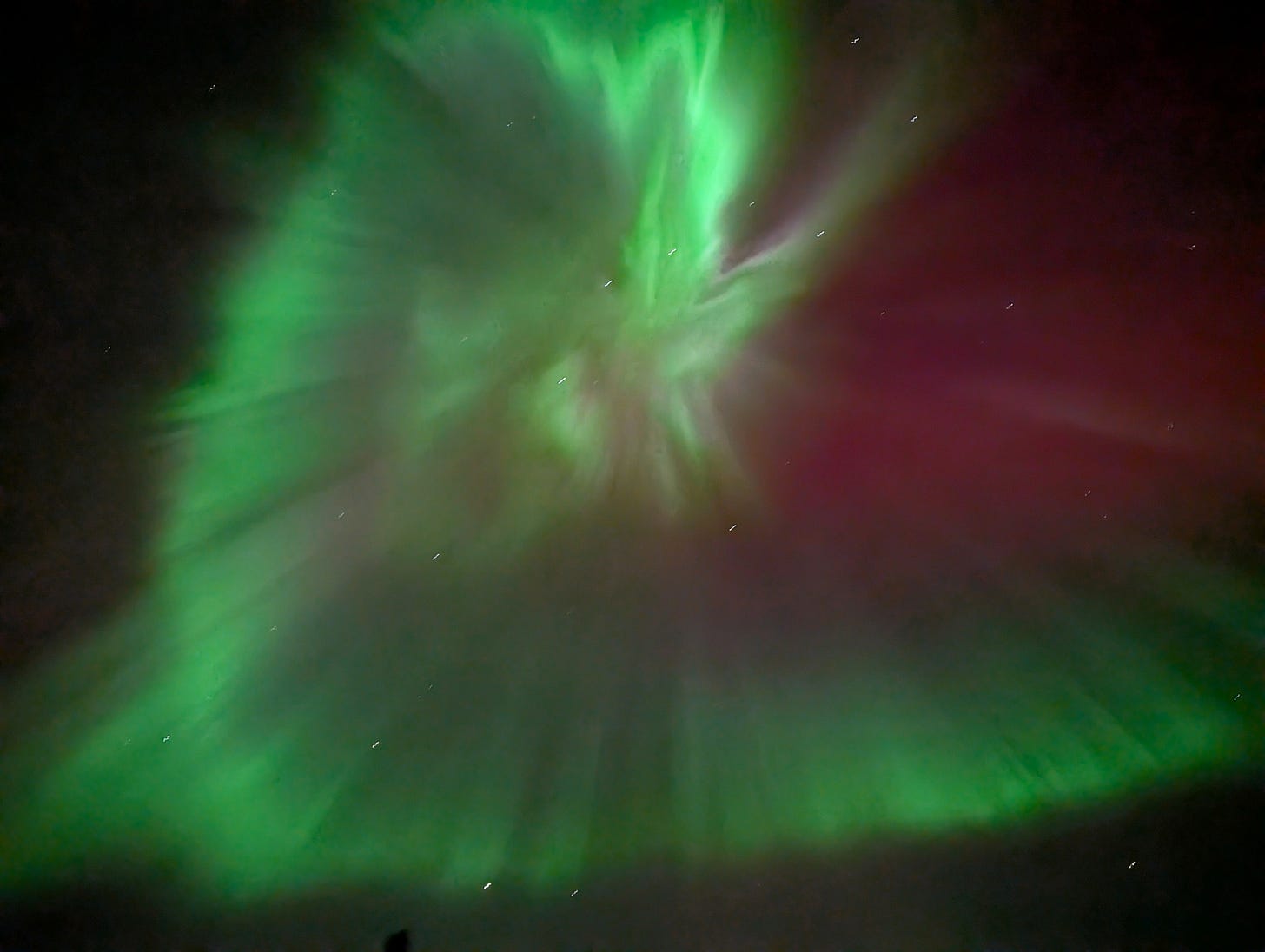
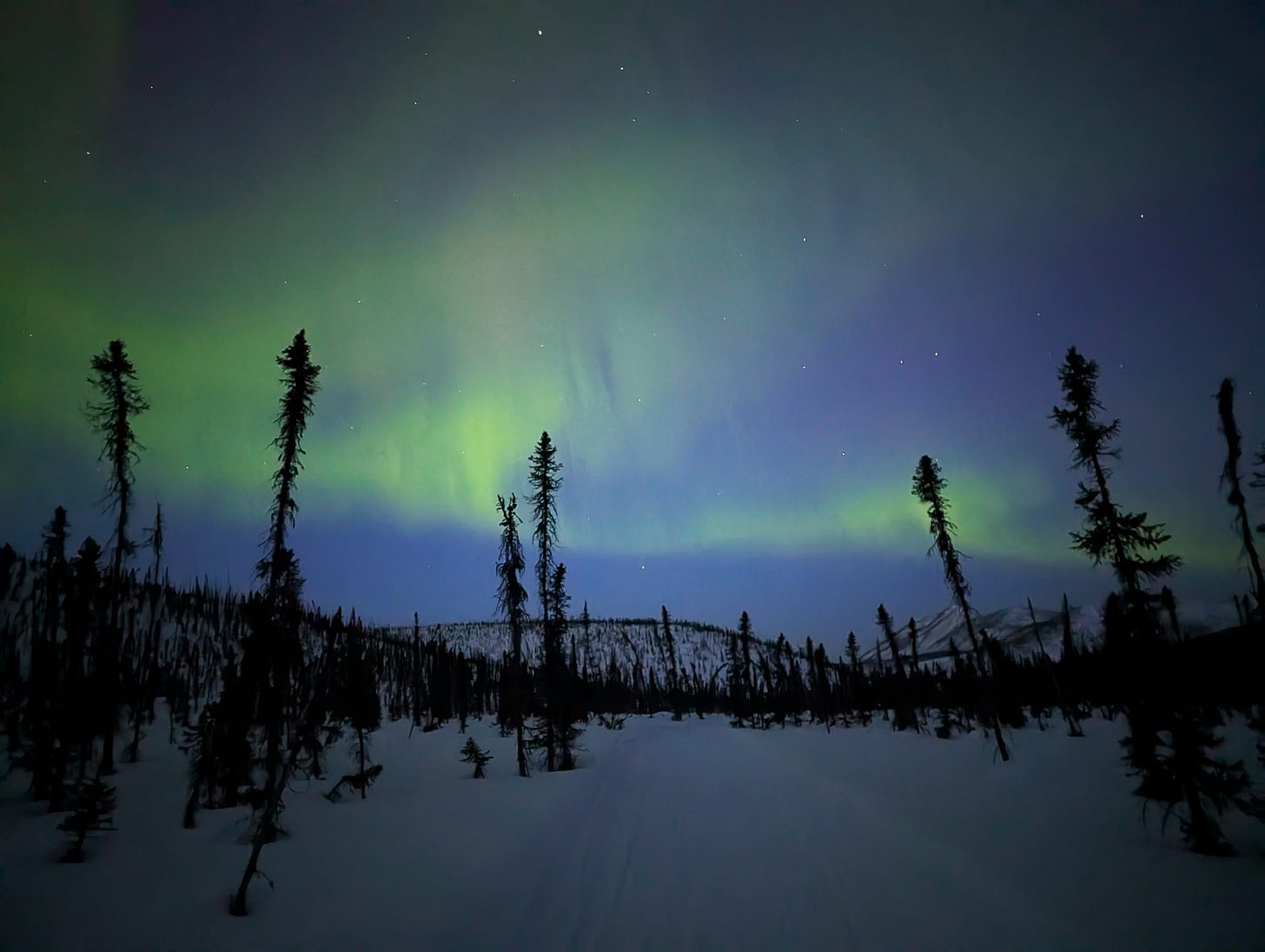
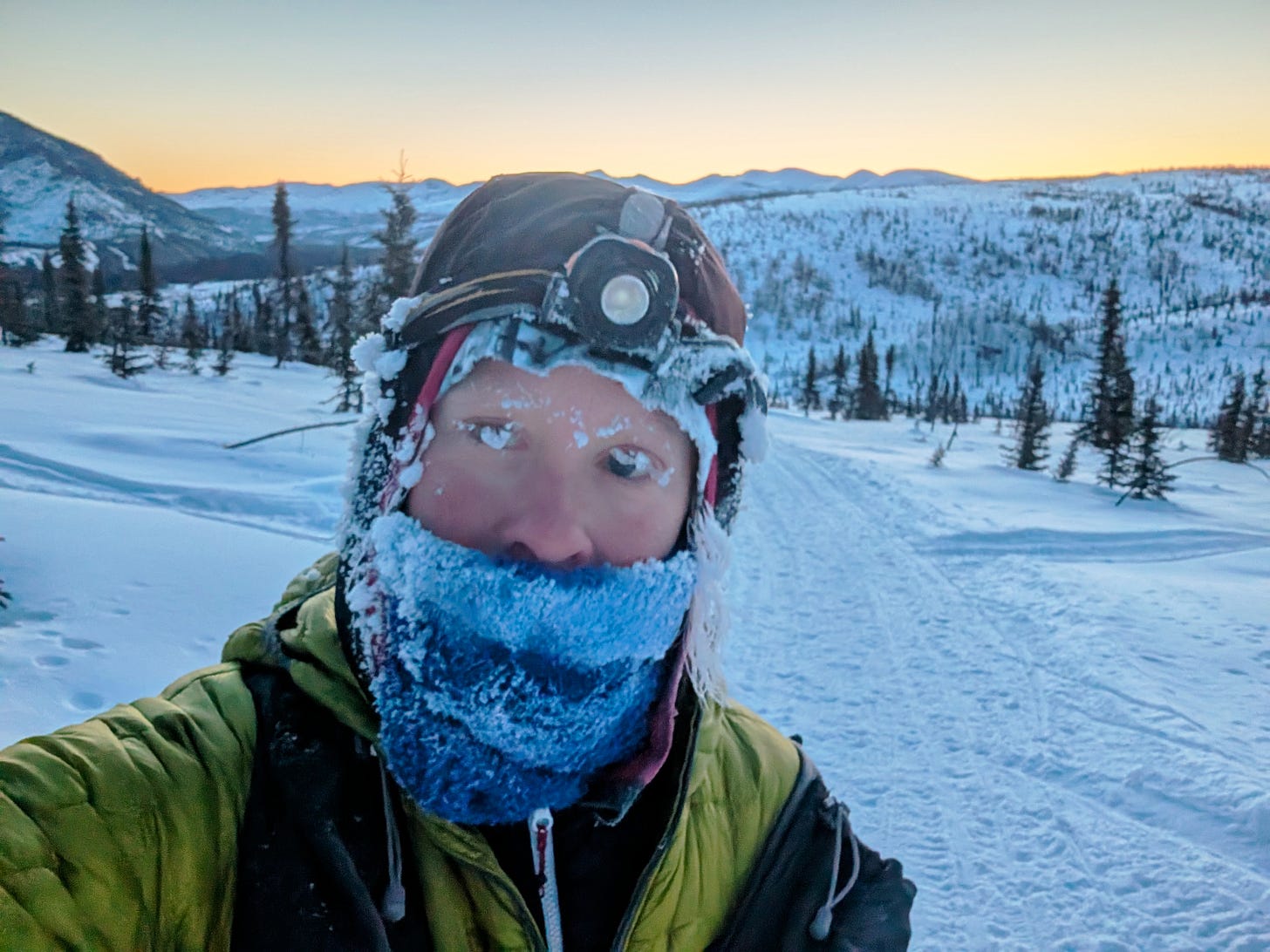

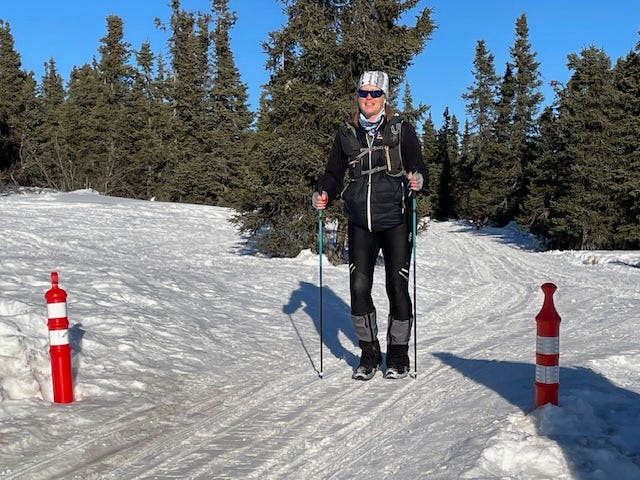
Beautifully written. I hope your recovery is going well.
Incredible & inspirational! What an adventure. Thanks for sharing, Jill!